“We developed the acid house sound” opens undisputed pioneer of the genre DJ Pierre, “but not the movement that followed. That came full-force from the UK, and needs to be fully recognised.” Incredibly, it is 30 years since Pierre (real name Nathaniel Pierre Jones) recorded ground-breaking EP, ‘Acid Tracks’, as part of innovative Chicago collective Phuture. In just a single, feverishly experimental studio day, he and fellow crew members Herb J (Herbert Jackson) and Spanky (Earl Smith Jr) turbo-charged the emergent house scene and changed global club culture for ever.
The trio, understandably, had no clue of the sonic revolution about to unfold. But that’s not to say ‘Acid Tracks’ was a fluke, or suggest Phuture’s ambition to disrupt the status quo was vaguely formed. “There was no mistake in making ‘Acid Tracks’” Pierre urges. “It was produced by intelligent design. At the time everybody in Chicago wanted to be original. Marshall [Jefferson] and Lil Louis, these guys were individuals. Call it pride or whatever you like but we didn’t want to follow anyone. We consciously tried to be different.” And succeeded.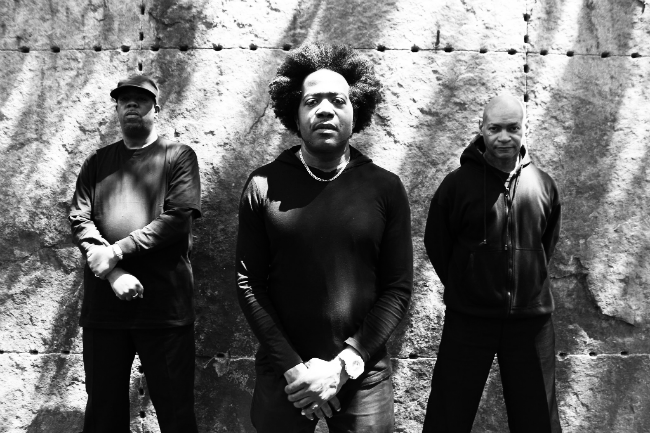
The pivot for Phuture’s ground-breaking moves was a TB-303 bass synthesiser, launched by Roland in 1982 to provide bassist-mimicking accompaniment for budding home guitarists. The little black box failed to take-off, discontinued two years later and outstanding units cleared out for rock-bottom prices. But suddenly accessible to Pierre and his young, moneyless co-conspirators, it would earn an ecstatic new lease of life. “The 303 had a great bassline sound but I thought ‘let’s just twist the knobs and adjust things’” Pierre recalls of that historic studio session. “I liked what I was hearing, we all did. We all felt it…the sound that was so, so different; so crazy, confusing, infectious and impossible to describe. Spanky starting programming beats over the sounds I was creating in real-time and we jammed it [‘Acid Tracks’] out. The recording was originally 30 minutes long. That bit wasn’t planned; we just made the the track as we went along. But the intention was real. It was an incredible collaboration.”
One that has lived long in the memory, and feet. “The track is a permanent fixture in my all-time favourites list” grins Kim Ann Foxman, one of house music’s brightest contemporary sparks. Hawaii-born, Brooklyn-based, Foxman is the former Hercules & Love Affair vocalist who today commands obsessive global attention for her acid-laced DJ sets, budding production portfolio and white hot label Firehouse. “All these older [acid] tracks – by Phuture, Bam Bam, Adonis – were being played out a ton still when I first started going out to raves in San Francisco and Oakland warehouses. There were probably eight or nine years old by then but still prominent staples. Naturally this time has had a strong influence on how I play as a DJ and artist. Acid is a particularly huge part of that inspiration, and the acid tracks from the Eighties remain highly sought after records even now…they have longevity.”
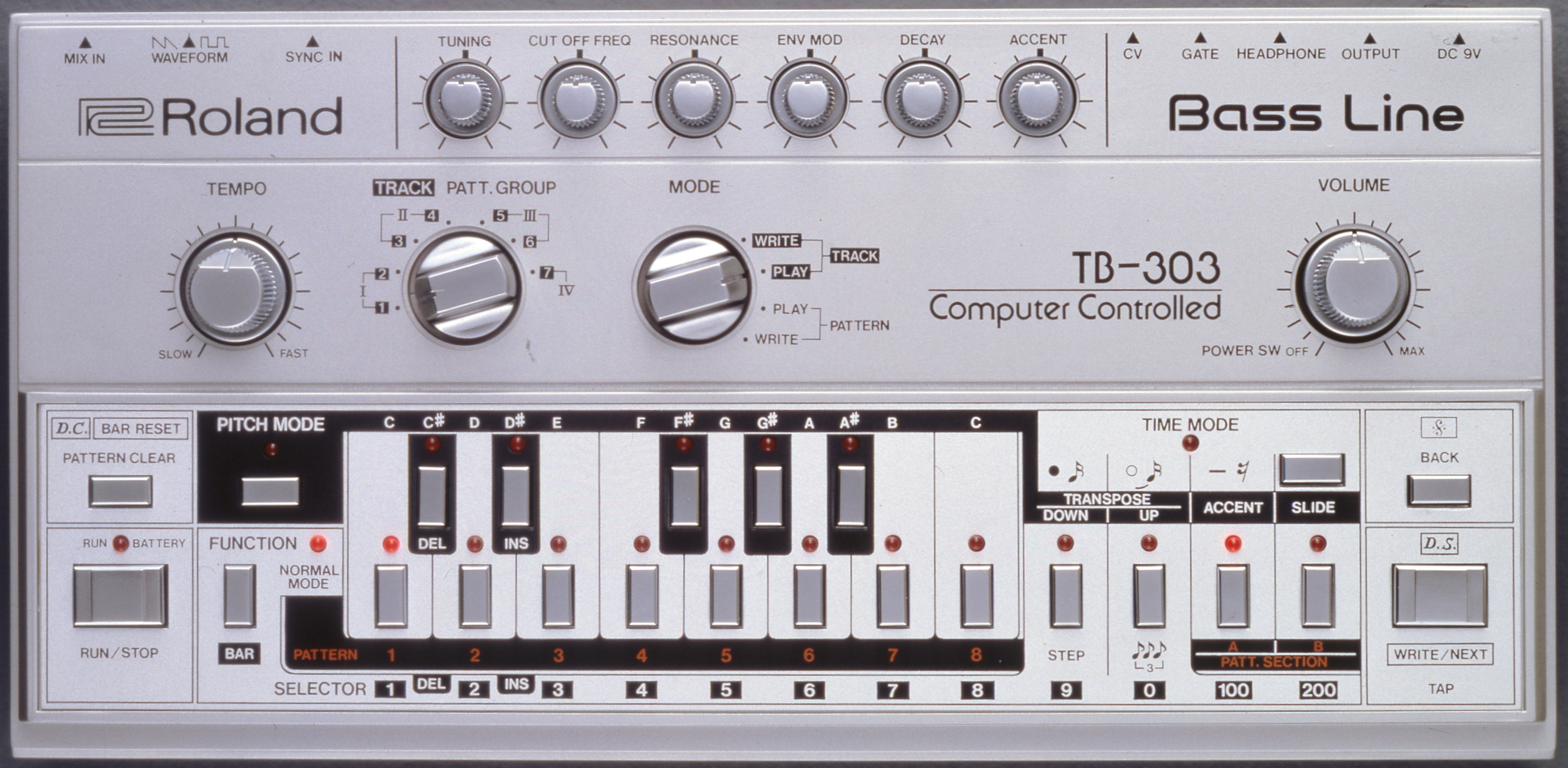
Norman Cook, whose global superstar alter-ego Fatboy Slim is synonymous with the 303 and acid’s universal badge of honour, the smiley face, wholeheartedly agrees. “I was actually a late starter. The Housemartins ended in 1988 so I moved back to Brighton from Hull and all my mates were jumping around in the clubs wearing bandanas and right on it; I couldn’t get my head around it! I was sceptical, keeping to hip-hop and rare groove in my DJ sets. But the acid influence started to seep in and when it did, it was a game-changer.”
Seepage aside, there is one particular moment that sticks in Cook’s mind as something of an acid epiphany. Picture late 1988, and a weekend at Butlins, Bognor Regis in the capable hands of Terry Farley and Andrew Weatherall’s Boy’s Own crew: “That was, without doubt, a defining moment for me. Everyone was hugging, smiling, hands in the air. The acid noises combined with ecstasy – which really opened my mind – just blew me away. Much, much later, I found out that Darren Emerson had been DJing.”
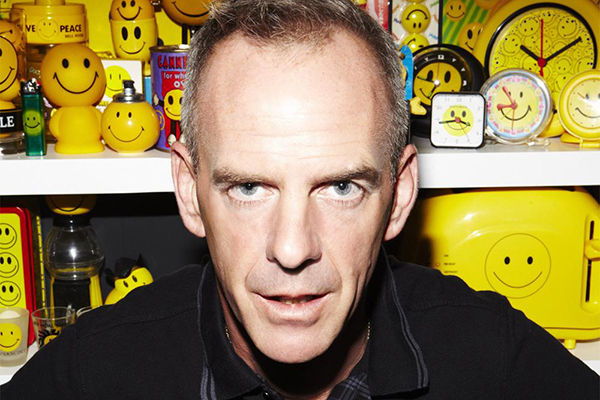
The proliferation of ecstasy, new drug on the block towards the end of the decade, undoubtedly added socio-cultural heft to what had started in Chicago as an explosive but still relatively niche scene. As ecstasy’s early dancefloor association with Ibiza spread first to the UK, and then on to Europe and various American cities, so acid house swelled from groove to euphoric ideology. That the heady fusion of sonic twists and chemical rush brought clubbers of all backgrounds and persuasions closer together was in keeping with the founding principles of dance music, and made the acid revolution all the more powerful.
“There was a raw, homemade quality to those first acid records that when combined with the underground house and garage before it, and the drugs, created this heady, hedonistic mix that spread rapidly across the UK” comments Norman Jay. “I was at the rave that started it all – Hedonism in Perivale, west London, Easter, 1988. I was there with Judge Jules, and Eddie Richards, Colin Faver and Paul Oakenfold were among the DJs. Their soundtrack was eclectic, anarchic, modern. I remember talking excitedly about it on Kiss FM the next day; that party killed rare groove overnight and suddenly acid house exploded. A few clubs in London, and up and down the country had already played those early records but Hedonism was the first, fully focused expression of the sound.”
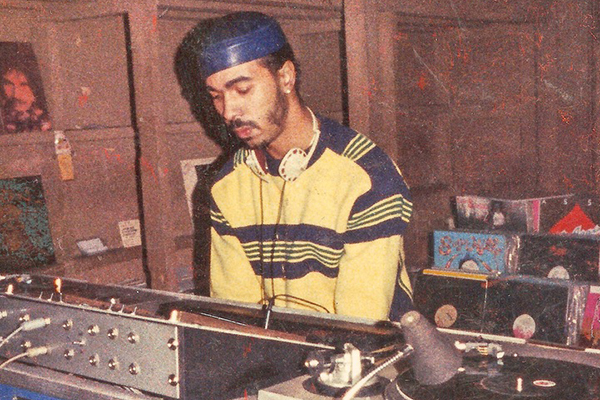
How best to describe acid? “It was an attitude” Cook says. “That a cheap musical instrument turned out to be great at something else and was being wilfully misused became a statement of rebellion.” Pierre continues the theme: “The 303 was totally defiant, the brash new kid in the class. There were no rules, no limits. The 303 spoke and told us ‘I don’t do what anyone else does.’”
It was an ‘acquaintance’ Chicago’s legendary Muzic Box resident Ron Hardy was keen to make. Hardy, distinctive from peers Knuckles and Levan thanks to the aggressive, frenzied eclecticism of his DJing (a particularly edgy mix of soul, disco, new wave and proto-house), played ‘Acid Tracks’ out as soon as Pierre handed it to him and, so the story goes, cleared the dancefloor on first rotation. But he persisted, playing it a further three times that same night and by final rinse out had his audience at fever pitch. “We were disciples of Ron and his unique take on the music; we were used to ‘weird’” Pierre explains. “A lot of people, I think, heard the weirdness of the 303 but because of the sheer audacity of our sound, and of Ron playing it again and again, they heard the goodness too. It had staying power.”
The term ‘acid’ was coined in a pre-internet age devoid of 24-7 opinion, trend or terminology, and when Chicago clubland’s spiky new sub-scene had no particular alignment to recreational drug use. “I thought it was meant to be like the chemical” Pierre animates. “But people were riffing on the term acid rock, just as acid jazz would eventually riff on acid house. That made sense to us. The name suggested a grittiness but it also tied the music into the drug culture that followed, especially in the UK. We never promoted that association - it’s why the ‘Acid Tracks’ EP also included ‘Your Only Friend’ upon release. But that association was there.”
Of course, ‘E’’d up Brits, were only too happy – overwhelmingly happy – to make the connection. And when subsequently faced by the often misguided scaremongering of mainstream UK media and, in turn, the heavy-handed knee-jerking of police, local authorities and Thatcherite government, simply partied harder. “She [Thatcher] tried to shut it down but acid was defiant and, at that point, became a proper movement…punk rock in spirit” Pierre suggests. “I wasn’t there so it’s hard for me to call it, but the Brits are so passionate about their music. They get down ‘n’ dirty with all the details of a record; they are true students, who want to know the roots of their music. That disposition helped spread acid’s word.”
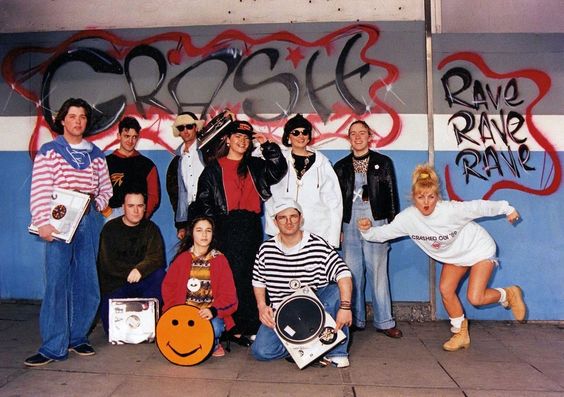
And the word continues to spread in 2017. Acid, impressively, has outlasted the political and socio-cultural stimulations that initially sustained it and, ultimately, taken on a life of its own. “That distinctive acid squelch and 4-4 kick won’t suffer the same fate as, say, Nu Beat or Washington Go-Go” Cook reflects, “because its reference point has become one of universal freedom and that’s a big deal.”
Jay, too, acknowledges acid’s reinvention for the modern age which, he indicates, has helped a wider audience understand and connect with it: “This music is different now to then. Then, it was driven by drugs and club culture absolutely needed it but now, for the kids, it has morphed into a new meaning…into a new interpretation of what ‘underground’ means. It’s being consumed and created in a sober state, and so isn’t really misunderstood like it used to be. The kids are recreating those sounds, and adding to them across all genres. The energy is still there and the drugs aren’t requisite.”

The scale of acid’s assimilation into other musical genres over the past 30 years is incredible – pop experiments by Rihanna, Madonna, Bastille and Kanye West, through to electro-fied indie from bands such as Radiohead, Friendly Fires, Little Dragon and buzz-building up-and-comers Haelos. That’s not even to stop and consider wilder, tangential mutations within Asia’s J-Pop market (acid house is something of a religion in Japan these days) and global (loudly-soundtracked) computer game culture. Nor, directly, the various applications of 303 squelch-craft within contemporary dance music. The mind boggles or, more appropriately perhaps, squiggles.
“One thing I can say is that the 303 totally changes the sound of any genre it touches” Pierre states. “A violin on a record is still a violin but a 303 is acid…it makes the record acid and creates its own specific genre. I’ll keep fighting for the day that the 303 is recognised officially as a musical instrument. It should be in the Rock ‘n’ Roll Hall of Fame because it has never imitated anything else and goes on creating these amazing sounds. It is irreplaceable.”
Cook has three of the things. “The [Roland TR-] 909 sounds great as well” he tempers “but, yes, the 303 is special. There was also the 606 and 707 but both sound really dated today, whilst acid’s beloved 303 rolls on. It’s interesting that Roland have introduced a new imitation 303 [the digital format Aira TB-3 launched in 2014] but they’ve never done another analogue one. How can you improve upon it? It’s the original DIY rule-book wrecker.”
And for an artist whose superstar career, past and present, is as close to tattooed with smiley faces as is possible – past hits including ‘Everybody Needs A 303’, present parties convened under the ‘Smile High Club’ banner – the acid journey can go on and on. “Acid comes and goes but it’s always going to be there, like my Hawaiian shirts…like Clapton and the guitar” he chuckles. “There’s an incredible legacy now. I remember Teddy Boys chasing me when I was younger with their cries of ‘rock ‘n’ roll will never die!’…and it hasn’t. The Sixties are constantly revisited and the Nineties is already the same.”
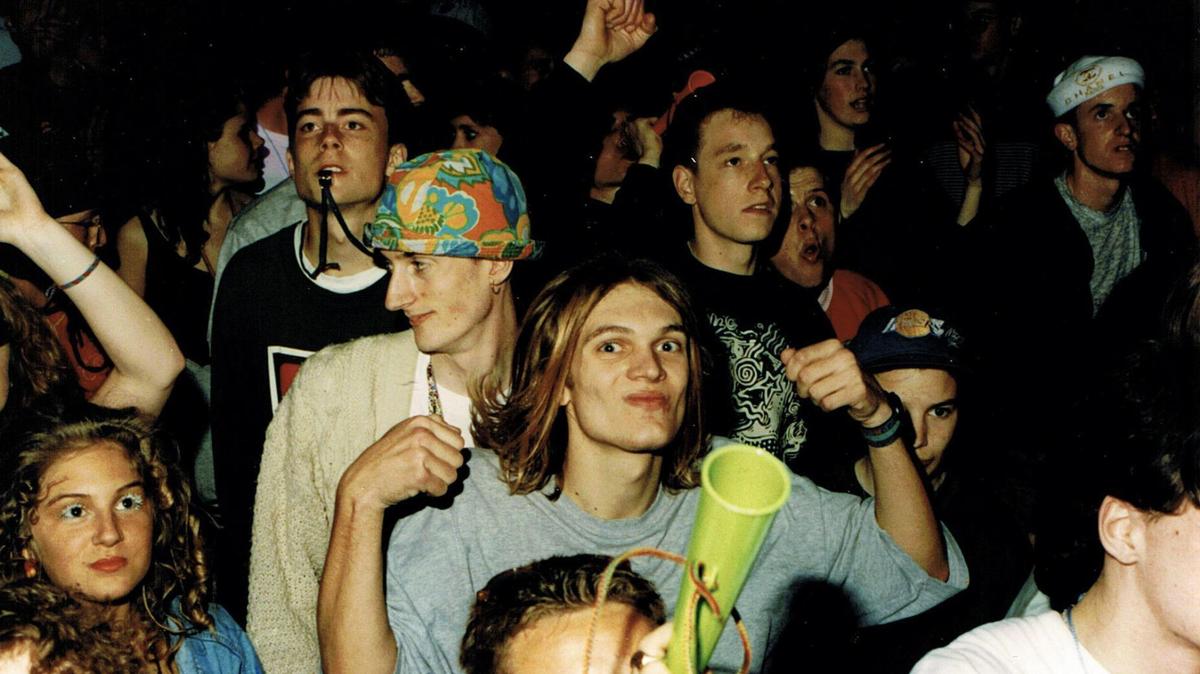
Pirouetting excitedly on contemporary electronic music’s cutting edge with current EP ‘Energy’ (another acid-tinged cracker out on Firehouse), Foxman cites a new generation of acid heroes-in-the-making – newer artists like Paranoid London, LA-4A, Luca Lozano, AM Unit and Vernon Felicity. Not to forget Foxman herself. “It’s up to the artists today to take acid into modern times” she says. “If it has a strong bass-line, it always moves itself. Things today seem a bit less raw compared to before, because of the newer tools being used. But can acid house continue to soundtrack our lives? I think so. It’s proven to stick around this long. Music today doesn’t last long, trends come and go, but acid will always have an important place in dance music history and will always command a deep respect, and it will keep on giving inspiration to many of us.”
Industry naysayers will argue that today’s DJ-producers, uneducated on analogue studio equipment and lacking the unique cultural climate that originally sparked acid house, are likely to pivot further away from those formative, edgy Eighties clubs sounds to the point where acid as a movement dissipates and becomes something entirely different - blander. But all this might be premature. In the schismatic wake of Brexit, Trump’s inauguration and, a little closer to home, the furiously contentious closure of Fabric (thankfully now re-opened), it feels like there is plenty of authentic turmoil still to fuel acid’s disruptive fire for years to come.
“If electronic music is still relevant in another 30 years then acid will also still be relevant” Pierre confidently concludes, about to drop a limited edition, physical format release of his celebratory ‘Acid 88’ compilation (and currently prepping a brand new Phuture long-player). “Someone told me the other day that acid house is the only music that can be traced back to one individual. Sure, over the years a few artists have claimed to be acid’s creator but these people don’t understand – it was never simply plugging in a 303 but what you did with it that counted. As part of Phuture we were the first to twist those 303 knobs in real time and conjure those dynamic morphin’ acid sounds. They were so unique, so not of this earth! You need to understand that it felt like this thing just dropped out of the sky…alien, explosive, untouchable. We never thought it would get this big, and it still sounds so fresh today. I feel like a proud daddy. This music has grown, evolved and become its own entity – what it has achieved to date is absolutely incredible.”
Words: Ben Lovett
BEST HOUSE & CLUB TRACKS - LISTEN HERE



